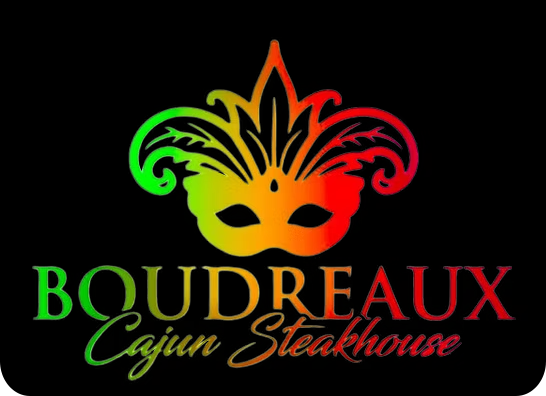Dry Aged Steak Process
Our Dry Aged Steak Process
The dry aging process for steaks is a method that enhances the flavor and tenderness of beef. Here's a step-by-step breakdown of how dry aging works:
1. Selecting the Cut
Dry aging is typically done on large cuts of beef, usually bone-in primal cuts like ribeye, strip loin, or sirloin. These cuts are chosen because they have enough surface area and thickness to withstand the aging process.
2. Preparing the Meat
The beef is stored in a controlled environment. The meat is left with its fat cap and bone intact, which helps to protect the meat during the aging process.
3. Environment
Dry aging requires a cool, controlled environment. The ideal conditions are:
Temperature: 34-38°F (1-3°C)
Humidity: 80-85%
Airflow: Good air circulation is essential to prevent mold and bacteria growth.
This environment promotes the breakdown of muscle fibers and connective tissue, making the meat tender while also allowing the flavor to develop.
4. The Aging Process
The beef is stored for anywhere from 14 days to 120 days or more, depending on how intense you want the flavor to be. The longer the aging time, the more the flavor intensifies.
During aging, enzymes in the meat naturally tenderize it by breaking down muscle fibers. At the same time, moisture in the meat evaporates, concentrating the beef's flavor and creating a more robust taste. Over time, the exterior of the meat becomes hard and dry, forming a crust. This part is later trimmed off before cooking.
5. Trimming
After the aging period, the outer layer of the meat is cut away, leaving the tender, flavorful beef on the inside. This trimming is essential, as the exterior becomes quite tough and may have an unpleasant taste or texture.
6. Cooking
After dry aging, the steaks are ready to be cooked. Because the meat is so tender and flavorful, many dry-aged steaks are best prepared with simple seasonings, like salt and pepper, to highlight their rich taste. Cooking methods like grilling, pan-searing, or broiling are popular, but dry-aged steaks generally need less cooking time due to their tenderness.
7. Flavor Profile
Dry-aged beef tends to have a more concentrated, beefy flavor compared to standard steaks. It often has nutty, earthy, and sometimes slightly tangy notes, which result from the aging process. The longer the steak is aged, the more intense the flavor becomes. Dry aging is a time-consuming and expensive process, but many steak enthusiasts consider it to produce some of the best-tasting beef available!
Contact Us for Dry Aged Steaks
Visit Boudreaux Cajun Steak House and enjoy our delicious New Orleans cuisine today!

Share On: